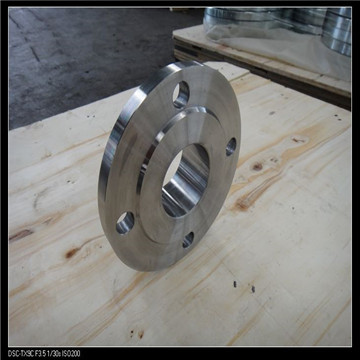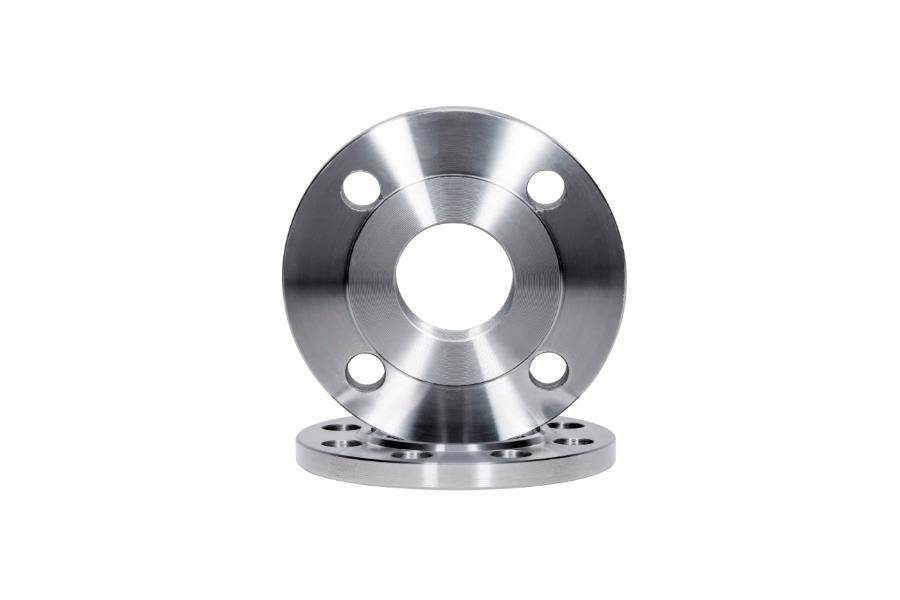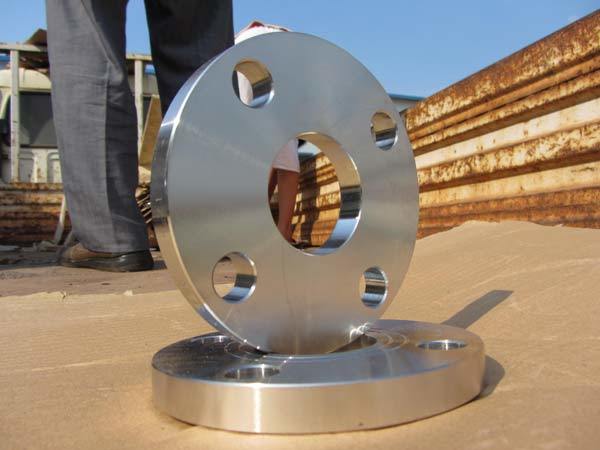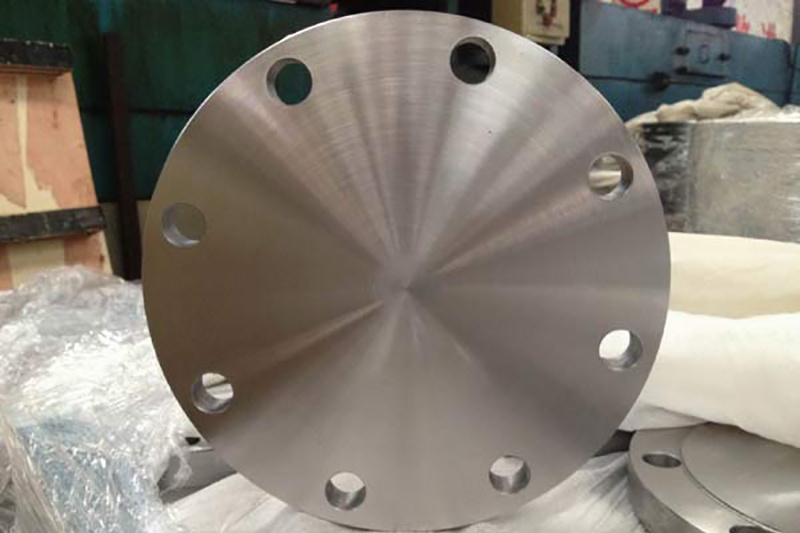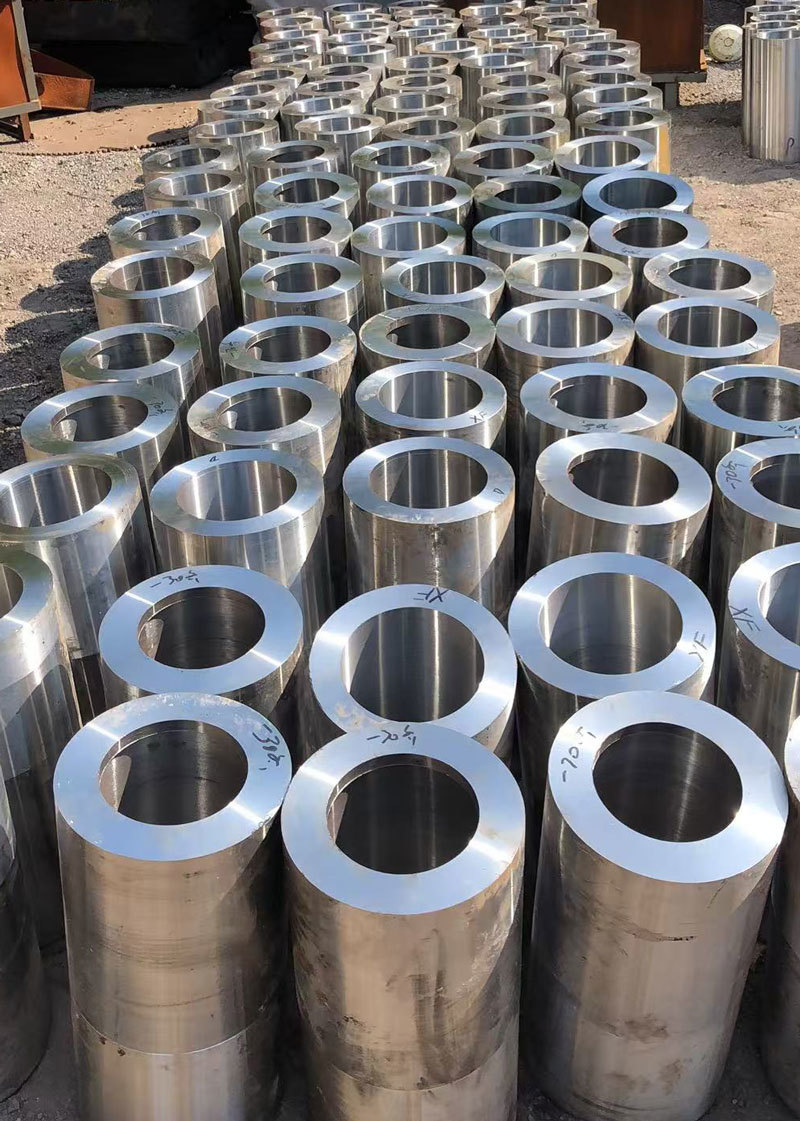The difference between hot forging and cold forging
Release time:
2020-06-30
The difference between hot forging and cold forging
Hot ForgingHot forging is carried out above the metal recrystallization temperature. Increasing the temperature can improve the plasticity of the metal, which is beneficial for enhancing the intrinsic quality of the workpiece, making it less prone to cracking. High temperatures can also reduce the resistance to deformation of the metal, lowering the tonnage required for the forging machinery. However, the hot forging process is complex, the precision of the workpiece is poor, the surface is not smooth, and the forgings are prone to oxidation, decarburization, and burning. Hot forging is used when processing large and thick workpieces, and when the material has high strength and low plasticity (such as in the rolling of extra-thick plates, elongation of high-carbon steel bars, etc.). When metals (such as lead, tin, zinc, copper, aluminum, etc.) have sufficient plasticity and the amount of deformation is not large (as in most stamping processes), or when the total amount of deformation is large and the forging process used (such as extrusion, radial forging, etc.) is conducive to the plastic deformation of the metal, hot forging is often not used, and cold forging is adopted instead. To maximize the amount of forging work done in one heating, the temperature range between the starting forging temperature and the final forging temperature should be as large as possible. However, if the starting forging temperature is too high, it can cause excessive grain growth in the metal, leading to overheating, which will reduce the quality of the forged part. When the temperature approaches the melting point of the metal, intergranular low-melting-point substances may melt and intergranular oxidation may occur, resulting in burning. Burned blanks often fracture during forging. The commonly used hot forging temperatures are: carbon steel 800–1250°C; alloy structural steel 850–1150°C; high-speed steel 900–1100°C; commonly used aluminum alloys 380–500°C; titanium alloys 850–1000°C; brass 700–900°C.
Cold ForgingCold forging is carried out below the metal recrystallization temperature. The term cold forging usually refers specifically to forging at room temperature, while forging at temperatures above room temperature but not exceeding the recrystallization temperature is referred to as warm forging. Warm forging has higher precision, smoother surfaces, and lower resistance to deformation.Workpieces formed by cold forging at room temperature have high shape and dimensional accuracy, smooth surfaces, fewer processing steps, and are conducive to automated production. Many cold-forged and cold-stamped parts can be used directly as components or products without the need for further machining. However, during cold forging, due to the low plasticity of the metal, cracking is likely to occur during deformation, and the resistance to deformation is high, requiring large-tonnage forging machinery.
Latest developments
Exploring Different Types of Threaded Flanges for Various Applications
Exploring Different Types of Threaded Flanges for Various Applications Table of Contents 1. Introduction to Threaded Flanges 2. Importance of Threaded Flanges in Construction 3. Types of Threaded Flanges and Their Applications 3.1 Standard Threaded Flanges 3.2 Slip-On Threaded Flanges 3.3 Blind Threaded Flanges 3.4 Socket Weld Threaded Flanges
The Essential Guide to Flanged Connections in Construction and Decorative Materials
Flanged connections are a critical component in the construction and decorative materials industry, particularly when dealing with piping systems. These connections consist of two flanges, which are flat pieces of metal or plastic with symmetrical holes that allow them to be bolted together. This design provides a reliable and robust means of connecting pipes, valves, fittings, and other equipment
A Comprehensive Guide to Selecting the Perfect Sliding Flange for Your Construction Needs
A Comprehensive Guide to Selecting the Perfect Sliding Flange for Your Construction Needs In the world of construction and decorative materials, choosing the right components plays a crucial role in ensuring the integrity and efficiency of your projects. Among these components, the sliding flange stands out as an essential part of numerous piping and structural systems. This guide aims to provid
A Comprehensive Overview of High Neck Flanges in Construction and Decorative Materials
High neck flanges are a specialized type of flange commonly employed in various piping systems. They are characterized by a raised neck that extends from the flange face, allowing for a more robust connection between pipes or fittings. This design feature not only enhances the structural integrity of the joint but also facilitates better sealing capabilities, making high neck flanges a popular cho
Exploring the Different Types of Flat Flanges Available: A Comprehensive Guide
Exploring the Different Types of Flat Flanges Available Table of Contents 1. Introduction to Flat Flanges 2. Importance of Flat Flanges in Construction 3. Different Types of Flat Flanges 3.1 Standard Flanges 3.2 Blind Flanges 3.3 Slip-On Flanges 3.4 Weld Neck Flanges 3.5 Socket Weld Flanges 3.6 Lap Joint
The Role of Forgings in the Steel Industries: Enhancing Construction and Decorative Applications
In the steel industries, particularly within the realm of construction and decorative materials, forgings play a pivotal role in enhancing both functionality and aesthetics. Forgings refer to steel products that have been shaped and strengthened through the process of forging, which involves deforming the metal under high pressure. This method leads to a variety of benefits that make forged steel



